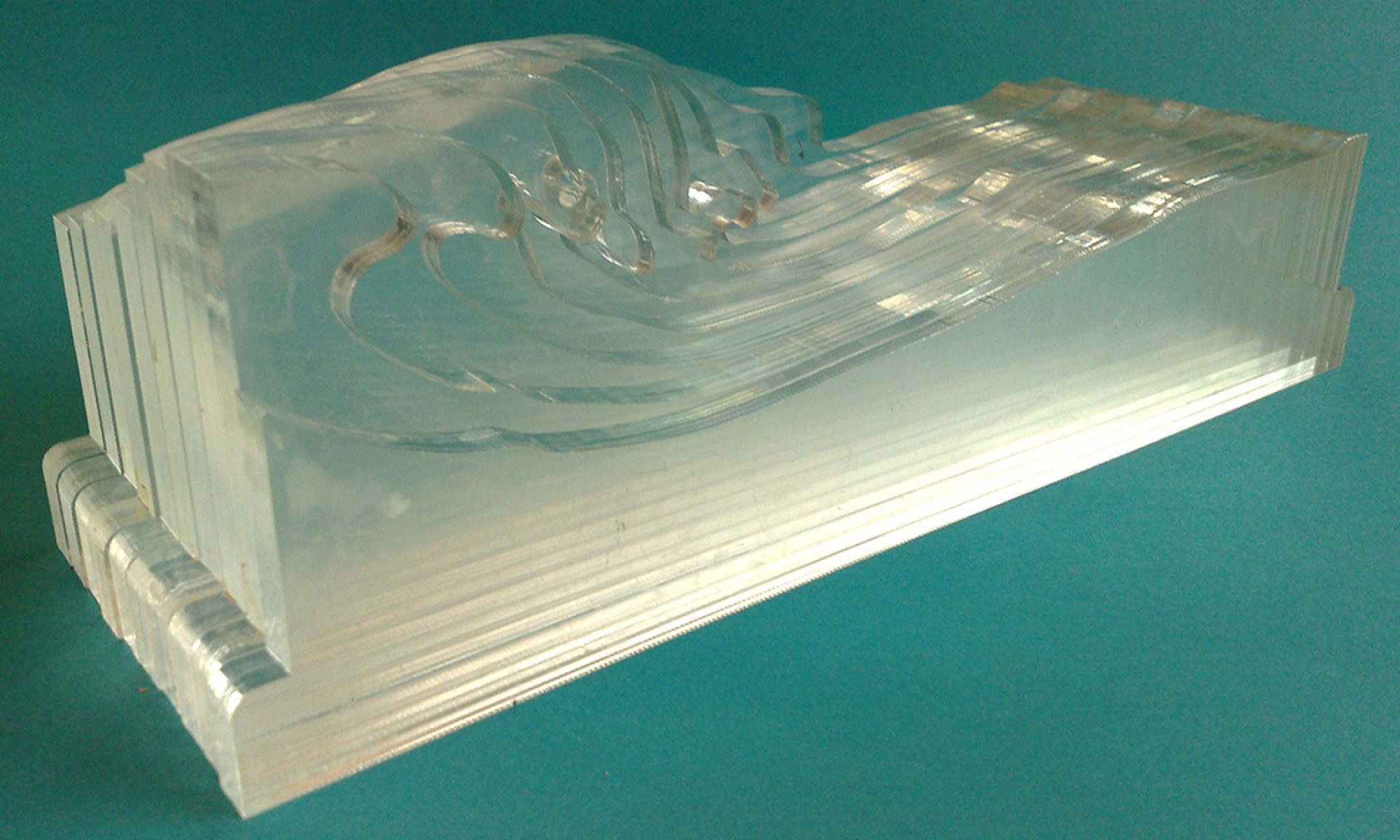What kind of questions, related to water, can be expected and how can these be picked up properly, when the participants are given more freedom to come with their own questions. And how can these be picked up properly. We gave the students freedom to determine their own subject, but it had to be related to water management. This also applies to the Wetropolis project and the use of the interactive models.
intro movie Saxion about Fieldlab
Leading questions were in 2022 :
What, related to water, is important?
What is interesting for you?
What would you like to model?
The questions were addressed with a design thinking method and visualized. This resulted in a broader approach and sometimes interesting, unexpected results. It took more time than usual to get started with the project and get interesting results. Working with a physical model where they had to choose and evolve their study subject themselves (demanded) is uncommon for the students in their study. There was no given textbook solution for their study problem and they had to solve things that did not work. It was not a surprise that the students struggled to get going, being used to a more theoretical approach or used to study their own field of competence only. However, the students did in general manage quite well to address their topic, visualize their themes and deepen their knowledge. Working hands-on with the models stimulated most of them, but some students did not like this approach and preferred to concentrate on more defined problems.
These studies do not only consider the water flow but addressed water in general: implications of higher seawater levels, where to build, use of rain water on local scale as grey water system, water purification, ground water flow, avoiding inundations in the city (Wadi’s in Enschede), feasibility of groundwater wells for grey water use.
Lessons can be learned from this experience:
- Different students prefer a different approach. This sounds trivial but in education this is not always given attention. The same may apply in engaging people in water related problems.
- Hands on stimulates. Either in forming a group, in getting interested, as a way of discovering. But hands-on has to be supported with appropriate knowledge and followed up in an open way, not as just a demo.
- hands on and solving problems on the go creates a good sense of the problems and possible solutions
- Leave space for different conclusions
- A good background or insight from the coach or teacher is required to deliver more than “just” engaging the students.
- Students may suggest and work out good and interesting ideas, sometimes unexpected and perhaps not immediately usable ideas, but worth considering
- Time spend to create a good atmosphere ( friendly, respectful, open, mutual interest) is well spent time which pays off in later phases.
- Choose the usefull, productive technique which suits the interests and capacities of the persons well,
- Consider how much time it needs and choose different approaches for short or long projects. Adjust your expectations accordingly, don’t overload the program but leave room for the unexpected and for iterations
- Several students did not have much experience with a practical and find-out-yourself learning approach or did not feel attracted to that way of working. This may feel as a gap between what and how they learn and real life where things have to be made, problems solved, and invention seen as creative, hands on work. Did they not learn this? It is something that our schoolsystem does not ( but probably should) offer to a much higher degree, starting already in basic education. Is this a handicap? This might seem so, when regarded from the view of an educator or watermanager who has certain expectations and demands. But as it turned out, when working in a team, different or lacking qualities of the students were not so much a problem. Instead different students offer different ideas, ways of working, interests. But it did take time and patience to appreciate that and get that going, for the students as well as for the coaches and teachers.
In short: the advice is to take enough time, work together, embrace and appreciate different approaches and interests, allow a project to have different solutions than what textbooks or management prescribes, choose the proper approach. Many ways (interactive models, methods, education, hands on, outreach) exist to get you there. Choose wisely and with understanding.
